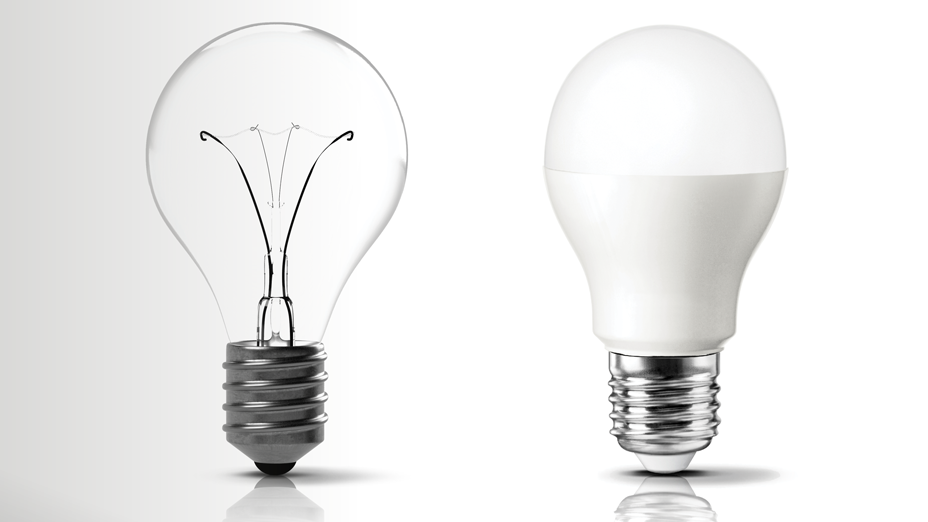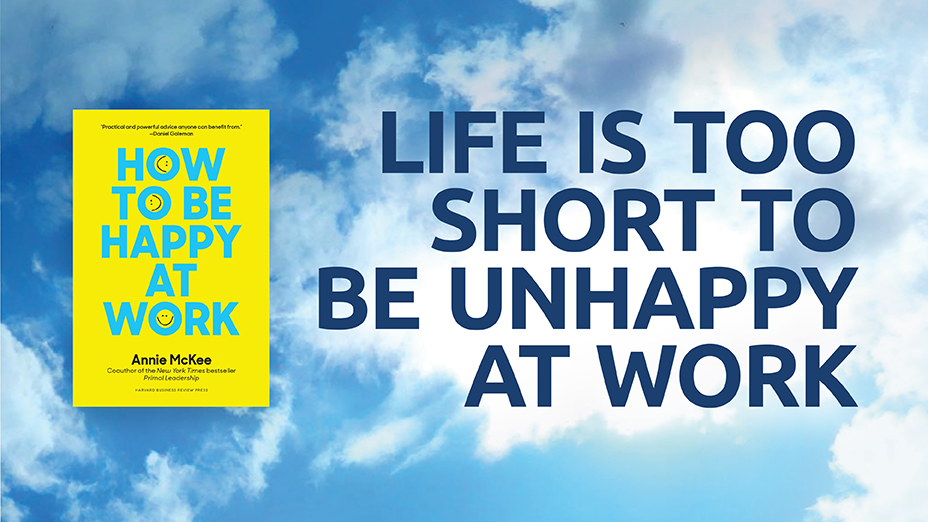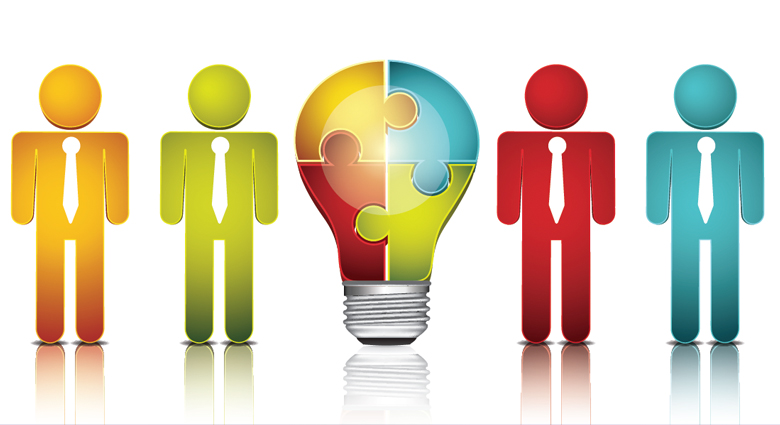In 2012 the bosses of Philips Hue (ADR) engineers George Yianni and Filip Jan Depauwe were asked a baffling question: why more than one hundred thirty years after Edison’s invention had light bulbs hardly changed at all while everything around them had? The developed world now lived in a reality of personal computers, cellular phones, digital games, transcontinental airlines and the internet. Yet, the now-prosaic little light bulb, lighting up homes around the globe and sold by the billions every year, had yet to be supplanted by another technological breakthrough. Was it really that irreplaceable?
Philips had a major stake in finding the answer. For almost 90 percent of the history of the technology itself, Philips had been making light bulbs. However, not much had changed during that time. But now a new reality had set in – the context of the market was changing and changing quickly due to the advent of technologies not available to them even a decade before. As Philips management looked around they saw the consumer interest in alternative illumination technologies – notably the light emitting diode (LED) was gaining interest as ‘sustainability’ and energy efficiency was entering the consumer consciousness. It realized that the time was ripe for a major disruption, and they knew that if they weren’t willing to disrupt themselves, someone else would do it for them. Philips wanted to get there first, but the essential question was how?
Would users discover a way to use this new technology to solve an intractable problem - would they have their own "light bulb moments"?
In following the Philips story while researching the nature of corporate growth, I was surprised to discover that instead of what is assumed to be a near-infinite number of options for a company to take to improve its current circumstances, there are in fact, just ten paths to growth. Prior to choosing which path is best, it is important to understand the competitive context in which the company finds itself, the combination of actions it must take to pursue a path, and the sequence in which those actions need to be taken. They needed to sharpen their Growth IQ.
Philips was dialed into the shift in market context, so it clearly understood what it needed to do, but it also realized it needed to more than just produce a LED lightbulb. Looking at one of the most mature, and commoditized industries imaginable, Philips decided to reimagine what it meant to “light up a room” by offering a whole new product technology to the billions of existing customers – what I’ve called product expansion – as well as attract an entirely new set of customers and use cases – what I’ve called customer and product diversification. In the end, it chose to empower its design lab to think beyond the status quo and come up with a radical new product with a whole new type of functionality (digital, networking, adjustable palette of millions of colors) and use- cases, then roll it out supported by an ad campaign called “How Many Years Does it Take to Change a Light Bulb” – a parody of sorts showing a single while lightbulb hanging from the ceiling of the same house, over a different family, as the decades passed.
Unlike anything they had tried before, Yianni and Depauwe were given just 11 months to ‘make a splash’ and leverage 50 years of innovation with LEDs. This compresses timeline put everyone in the company on notice that this wasn’t going to be business as usual. It was looking for a once-in-a-lifetime idea –one that could have the potential to revolutionize not only home lighting, but also the emotional connection people had with such a commoditized and consistent product such as the light bulb. An important clue to the direction they should pursue came from Jim Andrew, Philips chief strategy and innovation officer. He proposed that whatever light the team invented, it should incorporate digital into the equation, instead of just looking at the traditional analog technology. This was the perfect storm for Phillips. It had an impending market shift in customer preference and context, it had access to new technical capabilities, and unwavering executive support. The result? Phillips was able to capitalize on all three to deliver a true revolution in lighting.
Faced with such a challenge, the two designers had an epiphany – a true “light bulb” moment that the light bulb had been waiting for all these years. With their team they set as their goal not just a new consumer product but actually opening people’s eyes to the possibility of creating value beyond mere illumination: an LED-based, digitally ‘connected’ and networked light bulb capable of ranging across 16 million different colors all controlled by a ‘smartphone.’ With those range of colors, its ability to accept digital signals, and its lifespan of decades, home and commercial lighting wouldn’t just be about illumination, but about seeing and feeling better – and as an atmospheric conveyor of information. That’s when Phillips Hue was born.
The Yianni/Depauwe team met their deadline. Now their new Hue light bulb had to be rolled out into the world. In the much slower, more insular world of the 19th century, Edison had years with little competition to introduce and proliferate his light bulb. In the fast-paced global marketplace of the 21st century, with hungry competitors ready to swarm, Philips had mere months. Now Philips knew how it wanted to grow, it had defined the new product it was going to introduce and the path it would use to drive growth.
While this may seem counterintuitive, that was only the second part of the challenge – first, the company had to sell the new light technology to its own established corporate culture. This is where the sequence comes into play. Knowing what you want to do, doesn’t mean you can just act on it immediately. You must ensure you are establishing the right level of internal ‘buy-in’ to get everyone rallied around an entirely new kind of product and frankly a new value proposition. It wasn’t about just lighting a room, it was about creating a personalized and connected experience with color and light. After all, Philips had manufactured traditional bulbs for more than a century – and this new technology not only smashed the hegemony of that technology but ultimately also demanded a new radical way of thinking about designing and launching products. In other words, Philips had to sell the idea internally before it sold its new Hue product to the rest of the world.
It took a company-wide campaign over the next few months to begin that process. Engineers had to be told to design-in the new technology as part of the user experience and focus on the ‘feeling’ lighting can provide and not just providing ‘white light.’ The sequence of these internal cultural changes were critical to the overall success of Philips Hue. Management had to stay on top of the process to keep the culture from sliding back into the old ways, what it had always done, successfully I might add, for 130 years. In the end, it took a combination of training, reinforcement, rewards and penalties to force the change. But surprisingly quickly, the connected, adaptable software driven culture started by the Hue light bulb permeated all Philips products, from $40 DVD players to million-dollar MRI scanners.
But one very big step remained: adoption. It took a half-century from Edison’s Lab to that evening when all America turned off its lights in tribute. Could Philips at least start down the path to social assimilation of its new lighting technology? Eric Rondolat, Philips’ global CEO for lighting believed that ‘the company that understands outcomes and applications will be the company that thrives’. So, were there other uses cases besides providing “light’ that would emerge out in the world that would point the way? Would users discover a way to use this new technology to solve an intractable problem – would they have their own “light bulb moments”?
One such moment arrived at the most unlikely place. A small regional call center in Kansas City that was struggling to improve customer satisfaction. It needed a quick way for a floor manager to identify when an agent needed help with a customer. The current solution —which was software based, features on the phone etc.—at the time just wasn’t working quickly enough.
Then one day, an IT manager at the call center heard me tell the Philips Hue lighting story at a conference in Phoenix Arizona in 2013. He practically ran up to me after I got off stage to tell me that the metaphorical ‘light bulb’ went off when he was listening to me. He could solve the problem about notifying floor managers by putting one of those new connected digital light bulbs above each cubical. Called up on the computer by the operator, that light could quickly provide visual notification based upon color when a call agent needed help. It was a simple, elegant and inexpensive solution for which the new Philips’ lights were uniquely suited.
Was this the original intention when Philips decided to pivot towards a connected lightbulb with 16 million different colors, I’m guessing not. But it didn’t matter. The call center got its solution, Philips took a new path and proved to its customers its Growth IQ in lighting technology (and saw a growth jump in the process) – and, it turned out, was credited with one of the pioneering products in the emerging Internet of Things (IoT). I got a great story to tell . . . and the light bulb finally got its “light bulb moment” – indeed several of them.





.png)


.jpg)

What Did You Think?